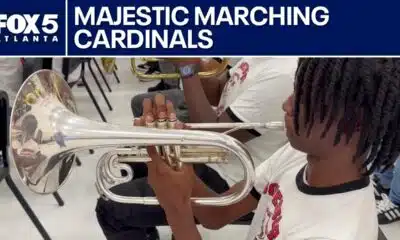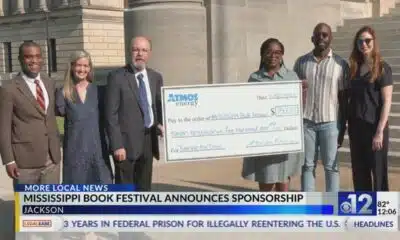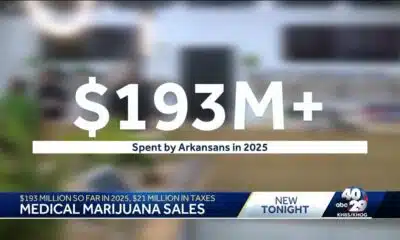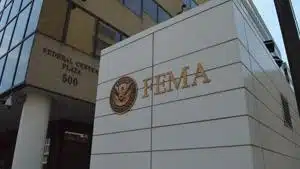(The Center Square) – On his first day in office, President Donald Trump created the Department of Government Efficiency and ordered federal agencies to create teams to work with DOGE leader Elon Musk, one of the richest men in the world.
“That’s a big one,” Trump said when he signed the order.
Trump said Musk would get an office for about 20 staffers.
Trump’s order came the same day as multiple groups filed at least three lawsuits over DOGE.
The language in the executive order renames the United States Digital Service to the United States DOGE Service. It will be in the Executive Office of the President. The DOGE administrator will report to Trump’s chief of staff.
Trump’s order also requires each federal agency head to create a DOGE Team of at least four employees within 30 days.
“Each DOGE Team will typically include one DOGE Team Lead, one engineer, one human resources specialist, and one attorney,” according to the order. “Agency Heads shall ensure that DOGE Team Leads coordinate their work with USDS and advise their respective Agency Heads on implementing the President’s DOGE Agenda.”
Trump’s executive order says DOGE will modernize “federal technology and software to maximize governmental efficiency and productivity.” That description departs from the goals Trump initially gave the group. After winning the 2024 presidential election, Trump said the new group would pave the way for his administration to “dismantle government bureaucracy, slash excess regulation, cut wasteful expenditures and restructure federal agencies.”
Trump further said DOGE would be the “‘The Manhattan Project’ of our time.” The Manhattan Project was a top-secret government program during World War II in which the U.S. rushed to create the world’s first atomic weapons before Nazi Germany.
Trump initially named Musk and businessman Vivek Ramaswamy as co-leaders of DOGE. But Musk will have to go it alone as Ramaswamy plans to leave reportedly to launch a campaign for governor in Ohio.
“It was my honor to help support the creation of DOGE,” Ramaswamy said. “I’m confident that Elon & team will succeed in streamlining government.”
Musk initially suggested DOGE could cut $2 trillion in federal spending. More recently, Musk said the group will aim for $2 trillion and likely come up with half that amount.
Former U.S. Comptroller General David Walker, who has been called the Paul Revere of fiscal responsibility, said DOGE will face significant challenges.
“The federal government’s financial position is worse than advertised,” Walker said. “The debt subject to the debt limit is $36.2 trillion and total liabilities and unfunded social insurance obligations exceed $125 trillion! It’s time for action to create a better future.”
DOGE aims to present a plan to Trump by July 4, 2026. Trump said “a smaller government, with more efficiency and less bureaucracy will be the perfect gift to America” on the 250th anniversary of the Declaration of Independence.
DOGE already faces multiple legal obstacles. Public Citizen and the American Federation of Government Employees, the largest federal employee union, filed suit Monday alleging DOGE violates the Federal Advisory Committee Act because “members do not have a fair balance of viewpoints, meetings are held in secret and without public notice, and records and work product are not available to the public.”
The American Public Health Association, the American Federation of Teachers, Minority Veterans of America, VoteVets Action Fund, Center for Auto Safety, and Citizens for Responsibility and Ethics in Washington filed a federal lawsuit challenging the secret operation filed a similar suit.
Another group, the Center for Biological Diversity, sued the Trump administration Monday to get public records related to DOGE.
In response to the lawsuit, Musk wrote on X: “Can someone start a lawsuit counter? How long until we hit triple digits? 🤣🤣”












































